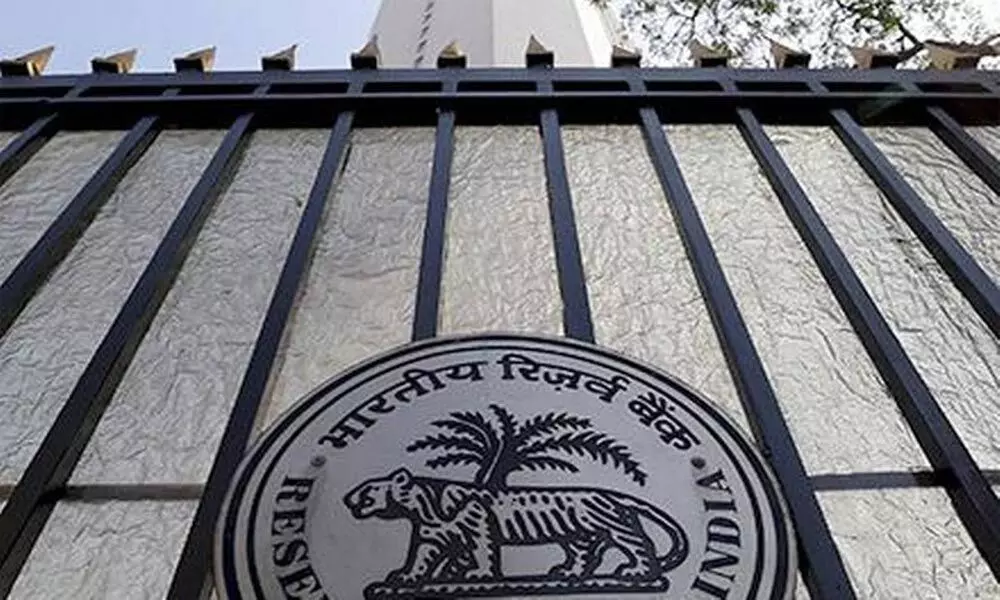Key policy rate hike unlikely
Q2 GDP no above pre-Covid level; RBI MPC meeting from Dec 8
image for illustrative purpose

Mumbai: Even as the Q2 GDP number is marginally higher than the year-ago period, the RBI is not likely to raise its key policy rates when it reviews its annual monetary policy for the next time on December 8.
With the Q2 GDP growth higher than the Monetary Policy Committee's (MPC) forecast of 7.9 per cent even as uncertainty has reignited following the discovery of the Omicron variant, we expect a status quo in the December policy review. However, the tone may shift, in order to signal an upcoming change in the monetary policy stance to neutral in the February policy review, says a report by ICRA.
While the Q2 is absolute level of real GDP reverted mildly above the pre-Covid level of the year-ago period, the disaggregated data for Q2 is far from convincing, with considerable lags in private and government consumption expenditure being absorbed by a sharp rise in valuables relative to the pre-Covid level of the year-ago period. The 1.5 per cent rise in gross fixed capital formation in Q2 relative to the year-ago period appears to be the lone silver lining says a report
by credit rating agency, ICRA.
"The pace of GVA growth in Q2 modestly exceeded our expectations, led by agriculture, forestry and fishing, and public administration, defence and other services. Setting aside these two sub-sectors, GVA recorded a relatively lower YoY growth of 7.5 per cent. In particular, the growth of manufacturing, construction and trade, hotels, etc., trailed our forecasts, suggesting that rising input costs bit corporate margins, and contact-intensive services continued to trail the pre-covid levels," says Aditi Nayar, chief economist, ICRA.
Although the GDP and GVA YoY growth are slightly higher than our forecasts, we don't believe that the disaggregated data offers meaningful signals of a durable recovery, especially with private final consumption expenditure continuing to trail the pre-Covid level, she added.
As expected, other than financial, real estate and professional services, and public administration, defence and other services, all the other sub-sectors of industry and services recorded a base effect led slowdown in YoY growth in Q2 relative to Q1, while the performance of agriculture was steady despite an exceedingly uneven monsoon.
Following the re-opening after the second wave, the performance of GDP relative to the respective pre-Covid quarter recorded a significant improvement, to a growth, albeit marginal, of 0.3 per cent in Q2 from the contraction of 9.2 per cent in Q1.
After a broadly healthy festive season, many indicators have displayed a flagging momentum in November, suggesting that the revival in economic growth is yet to become durable. While rising vaccine coverage and fuel tax cuts will boost confidence and re-invigorate demand, the spectre of higher prices may contain the consumption recovery in H2. With the discovery of the Omicron variant of Covid-19 reigniting uncertainty regarding the strength of global demand and cross-border flows, we are maintaining our estimate of a 9.0 per cent growth in real GDP in the current fiscal for now, in the absence of concrete evidence regarding the durability of domestic demand, the report said. Suvodeep Rakshit, Senior Economist, Kotak Institutional Equities z, says, "Q2 real GDP growth at 8.4 per cent was in line with consensus expectations. A large part of the growth upside was driven by the public administration, education and health segment which saw sharp increase in momentum as well as a favorable base effect.

